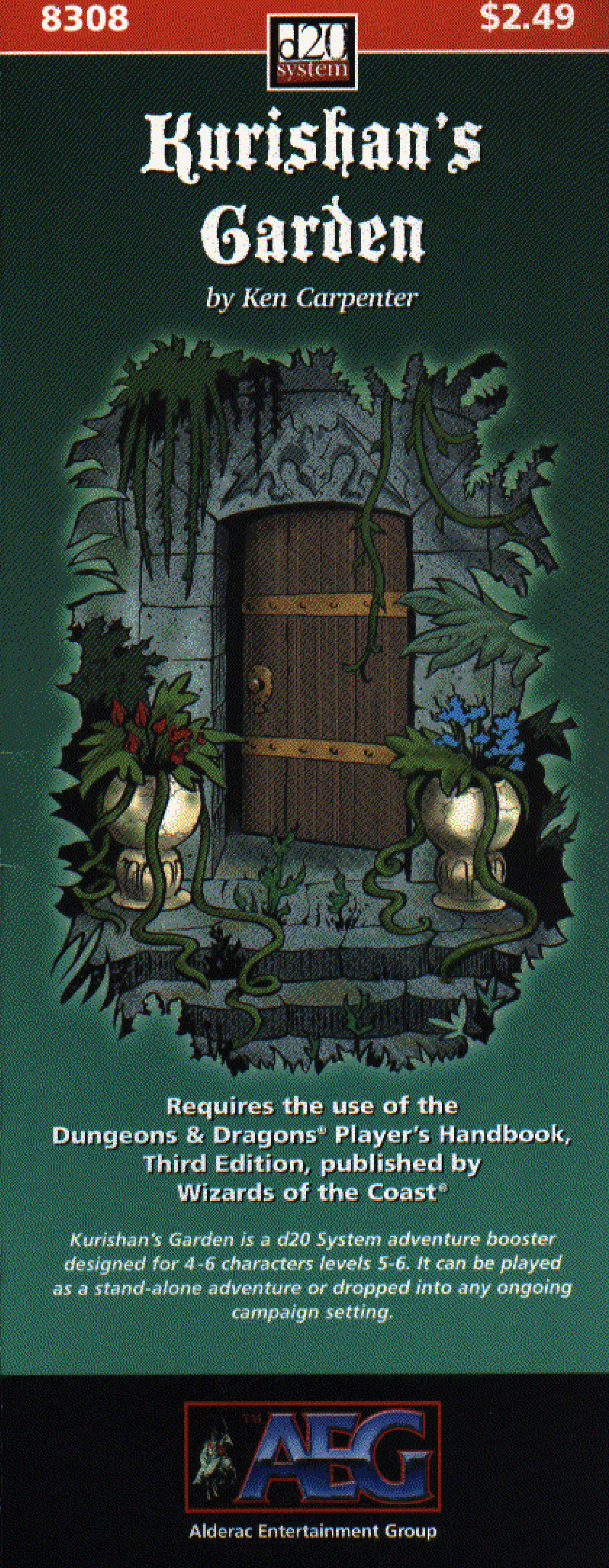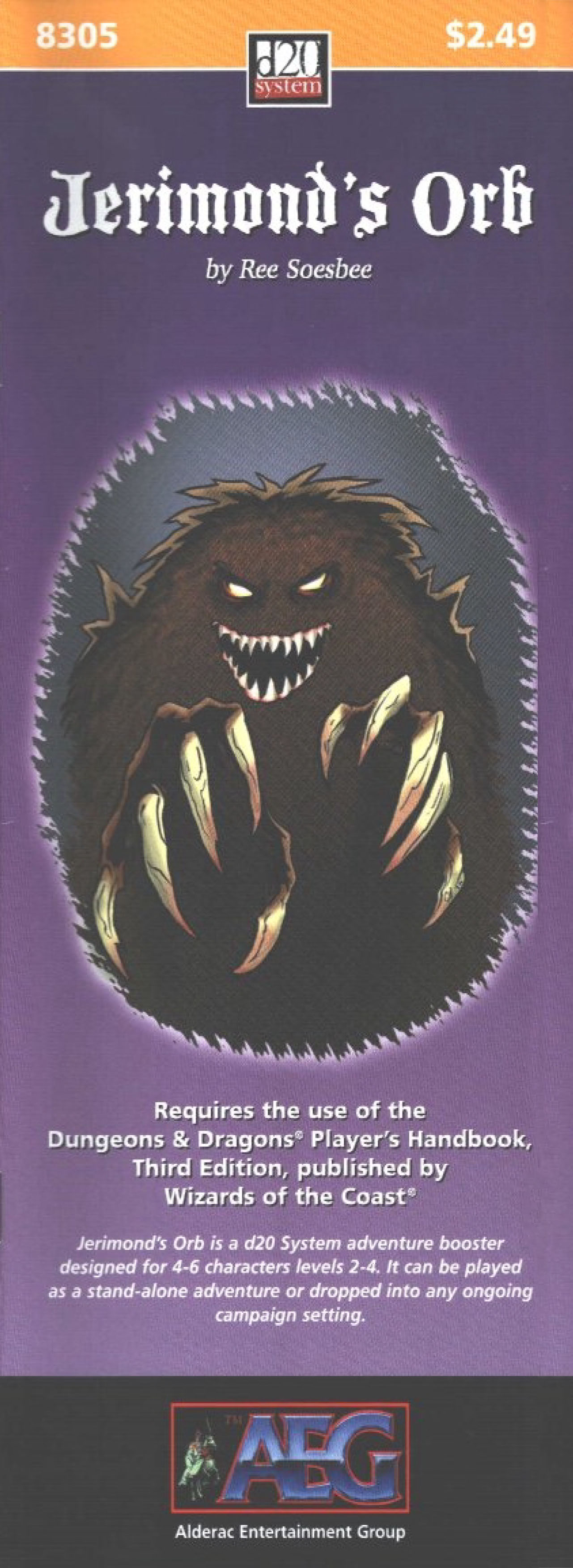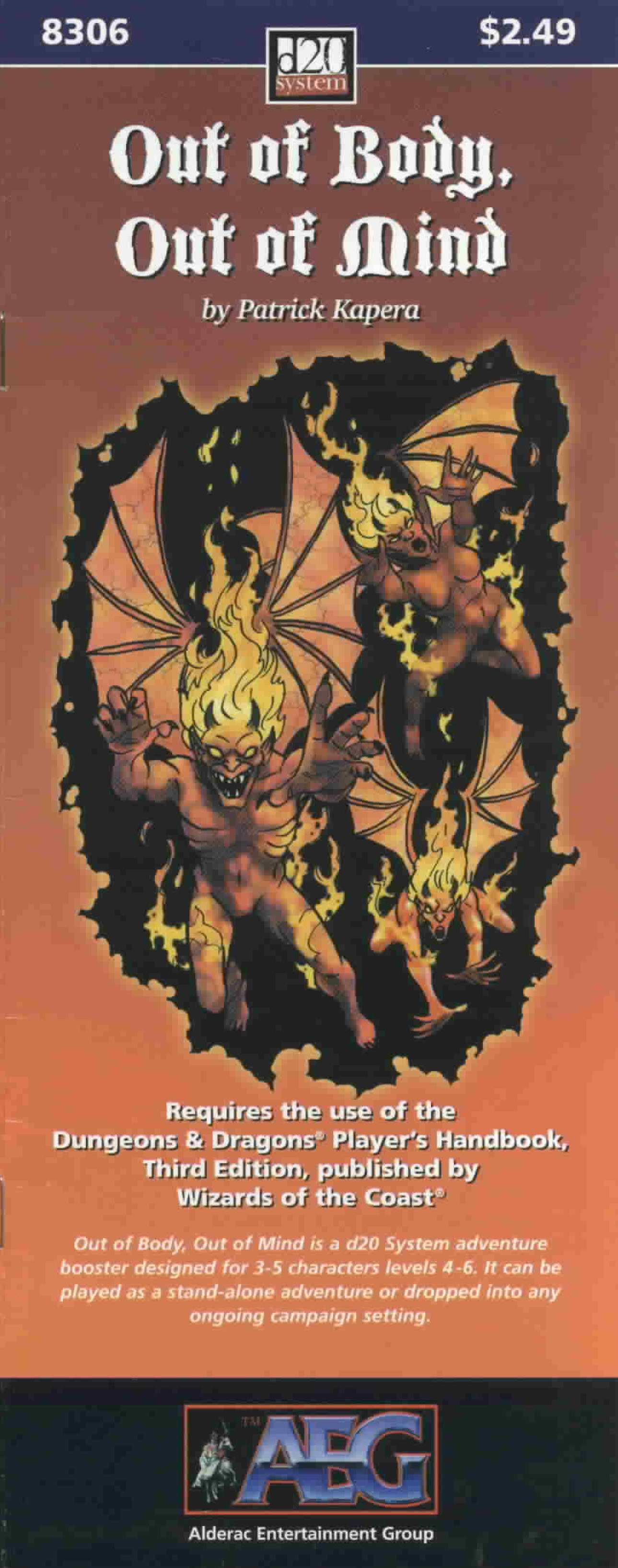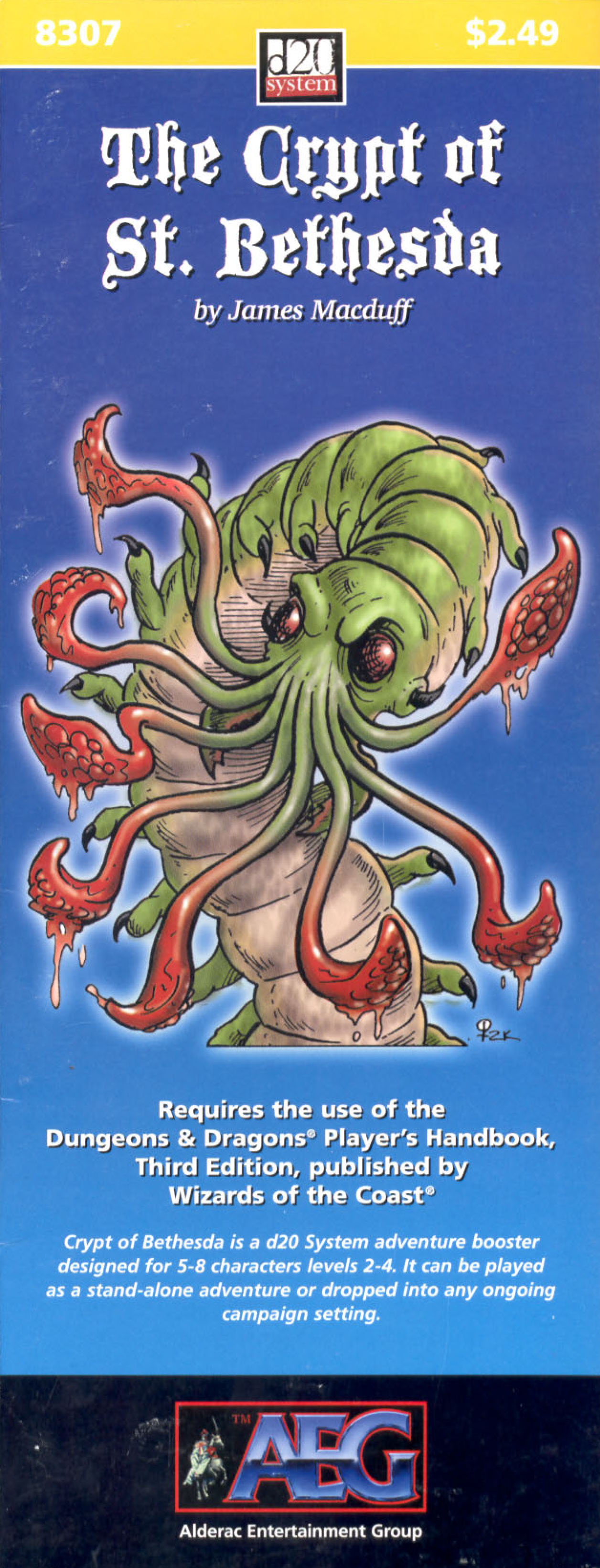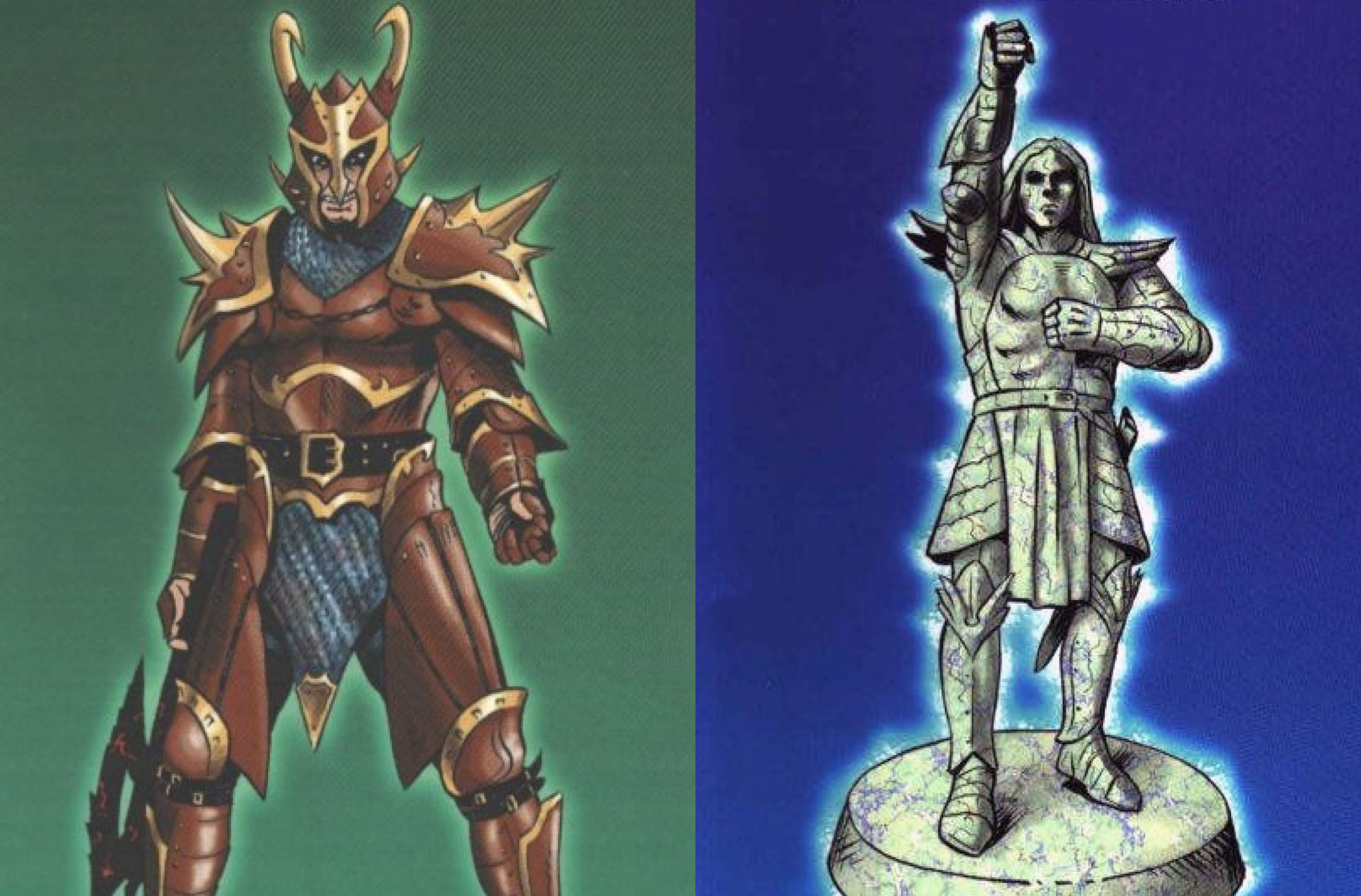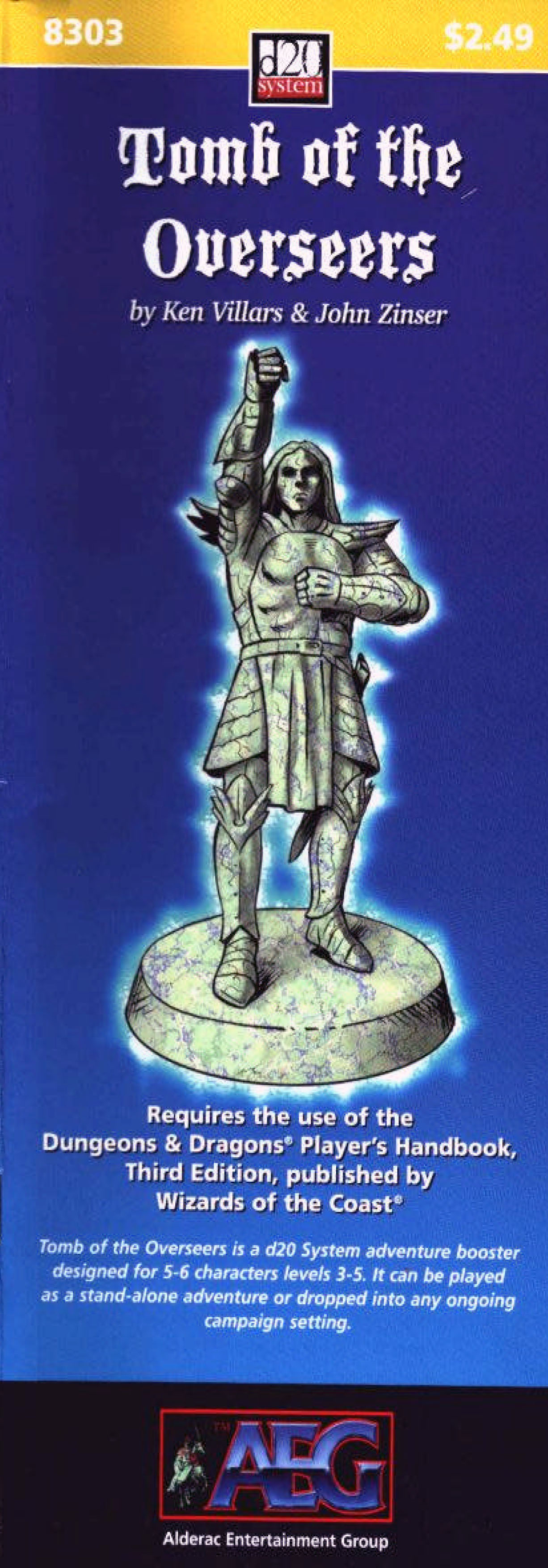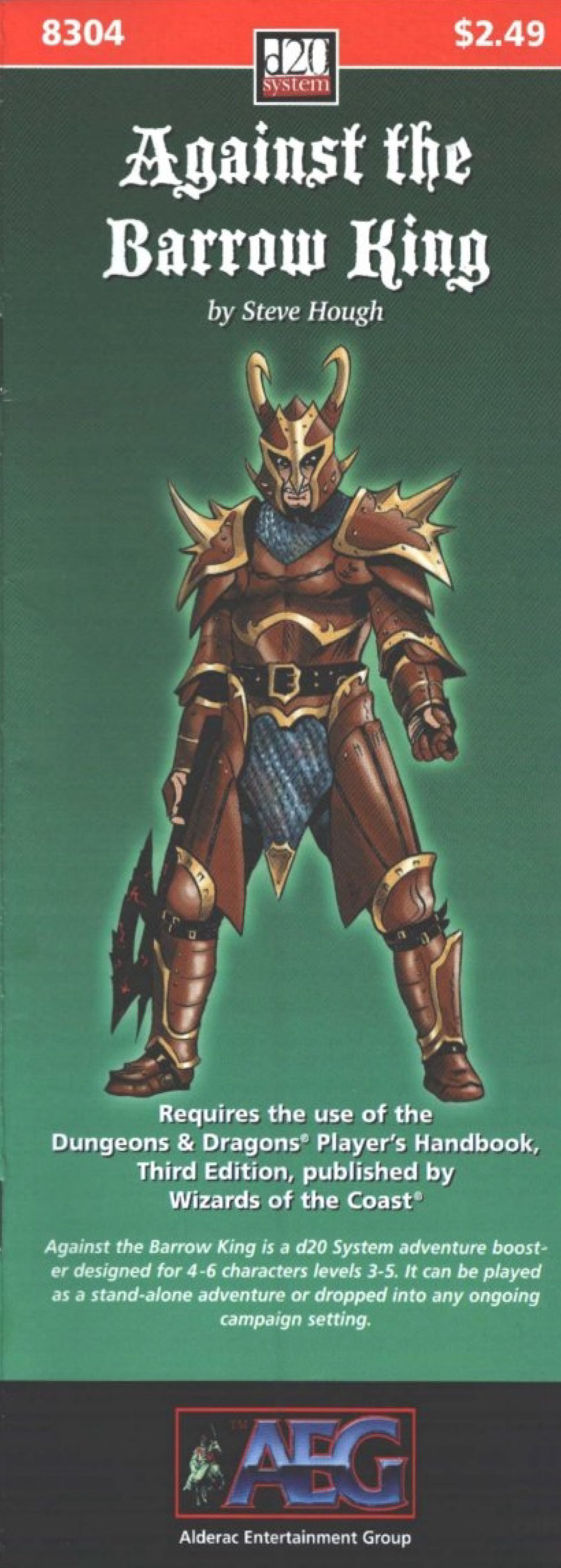Strange mysteries abound… for the poor DM who needs to decipher Kurishan’s Garden and render it into a playable adventure.
Review Originally Appeared May 21st, 2001
Warning: This review will contain spoilers for Kurishan’s Garden. Players who may find themselves playing in this adventure should not read beyond this point.
WHAT I LIKE
I like the adventure hook: The PCs arrive in a town which is having problems. But the threat isn’t directly to them: They’re not getting food shipments from a different town which has inexplicably ceased communication. Carpenter adds a nice layer to a standard feature of fantasy adventures, and emphasizes the importance of the PCs’ actions by showing the widespread impact of the problem.
I like the premise: Kurishan, a reclusive mage who lived in the village of Darbin, has recently died. Upon his death a number of contingency spells were triggered, designed to transfer his consciousness to a beautiful eternal lily in his spacious gardens. Unfortunately, things didn’t go quite right, and Kurishan found himself instead trapped within a mass of mold, decomposing vegetation, and other debris. Driven a little insane by this turn of events, Kurishan – no longer able to cast spells, but imbued with an ability to control and manipulate plant life – created a strange race of “brainvine”. The villagers, who had yet to realize that Kurishan had even died, were suddenly beset by these vines: Control of their bodies were taken away from them, but they remain awake and aware of what is happening to them (creating a spooky situation in which the PCs can be attacked by people who are begging them to save them).
WHAT I DIDN’T
I dislike the boxed text: It is lackadaisical and subpar. (We actually have small, 10-foot by 10-foot rooms, folks!) While I don’t consider boxed text to be an essential component of a good adventure (take Penumbra’s excellent Three Days to Kill for example), if it is present I expect it to be of high enough quality so that I can actually read it to my players without feeling embarrassed. Poor boxed text which has been made integral to the adventure’s presentation can also hurt the quality of the underlying structure – which is the case here.
I dislike the fact that the adventure fails to capitalize upon its premise: The horror elements are only loosely played with. The situation in the village is entirely static – despite the fact that the PCs are supposedly facing an opponent who is in control of the entire village (and should, therefore, be capable of presenting a dynamic opposition). The PCs are never really given a chance to figure out what’s going on – but are, instead, forced to simply keep reacting until something clicks and the problem goes away (this is a pet peeve of mine – great concepts which only the DM gets to enjoy).
CONCLUSION
Kurishan’s Garden has a good concept and set-up, but then falls down on the actual execution of its ideas. As an Adventure Booster, the low price of $2.49 means that – despite its flaws — Kurishan’s Garden is probably still a good buy as an idea mine if nothing else.
Style: 3
Substance: 3
Author: Ken Carpenter
Publisher: Alderac Entertainment Group
Line: Adventure Boosters
Price: $2.49
Product Code: 8308
Pages: 16
The brainvines are a really cool concept. I should take this as a prompt to finally use them after all these years.
For an explanation of where these reviews came from and why you can no longer find them at RPGNet, click here.

